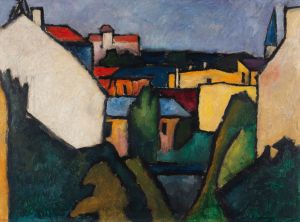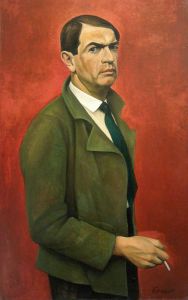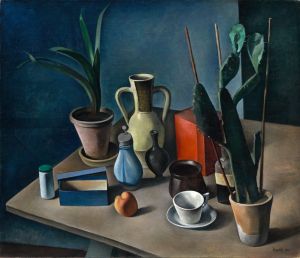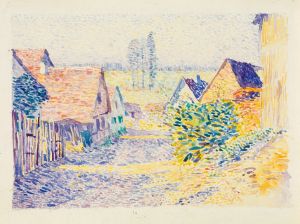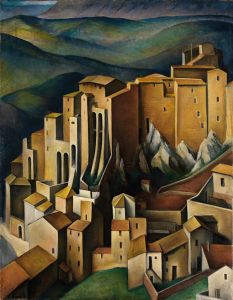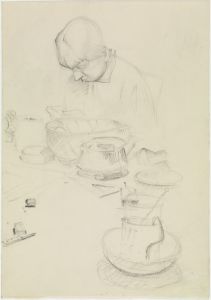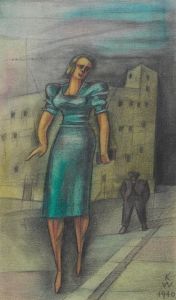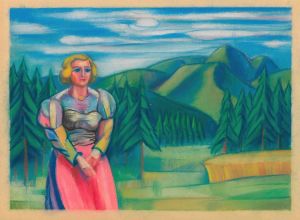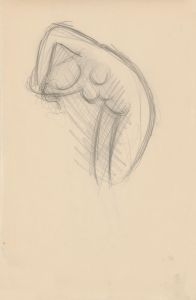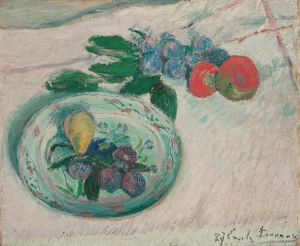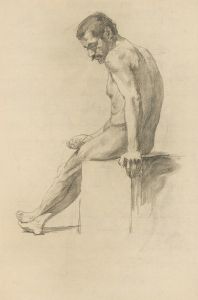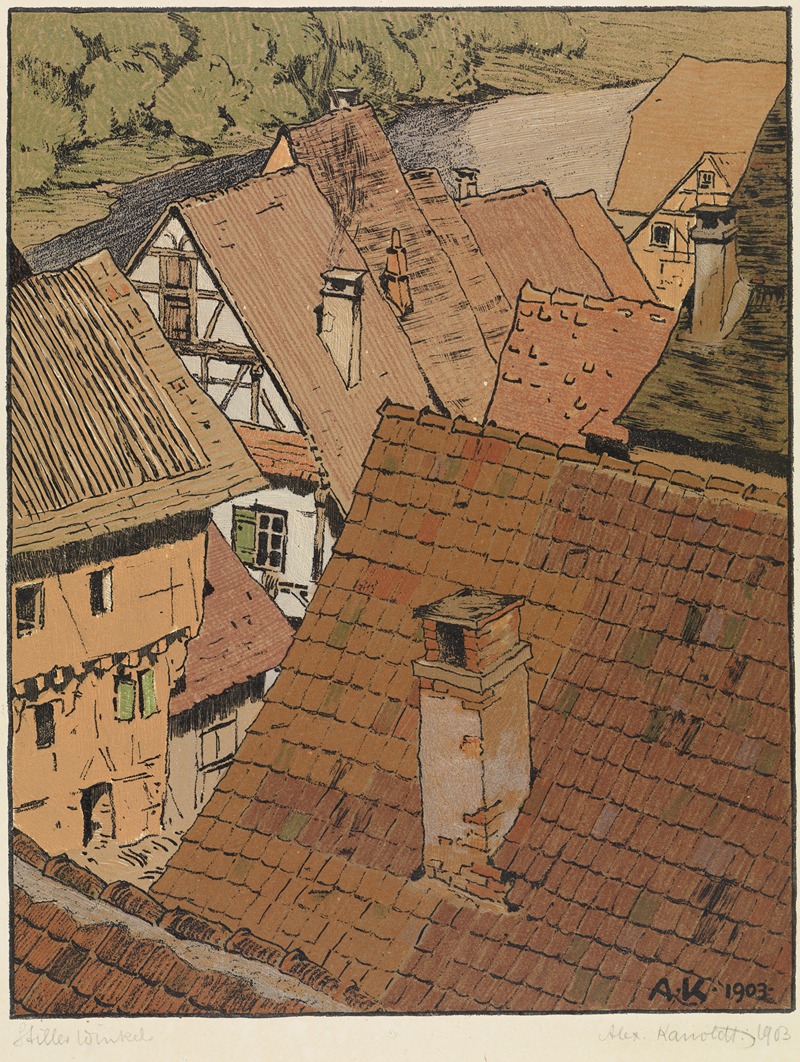
Stiller Winkel
A hand-painted replica of Alexander Kanoldt’s masterpiece Stiller Winkel, meticulously crafted by professional artists to capture the true essence of the original. Each piece is created with museum-quality canvas and rare mineral pigments, carefully painted by experienced artists with delicate brushstrokes and rich, layered colors to perfectly recreate the texture of the original artwork. Unlike machine-printed reproductions, this hand-painted version brings the painting to life, infused with the artist’s emotions and skill in every stroke. Whether for personal collection or home decoration, it instantly elevates the artistic atmosphere of any space.
Alexander Kanoldt was a German painter associated with the New Objectivity (Neue Sachlichkeit) movement, which emerged in the 1920s as a reaction against expressionism. Born on September 29, 1881, in Karlsruhe, Germany, Kanoldt was initially influenced by Impressionism and later by Cubism and Futurism. He studied at the Academy of Fine Arts in Karlsruhe and later became a prominent figure in the New Objectivity movement, known for its realistic and detailed depiction of everyday life.
"Stiller Winkel" is one of Kanoldt's notable works, created during a period when he was deeply involved with the New Objectivity. The title "Stiller Winkel" translates to "Quiet Corner" in English, suggesting a focus on serene and introspective subject matter. This painting exemplifies the characteristics of the New Objectivity movement, which aimed to present a sober, unembellished view of the world, often with a focus on urban and industrial scenes, still lifes, and portraits.
Kanoldt's work is characterized by its precise and meticulous attention to detail, a hallmark of the New Objectivity style. In "Stiller Winkel," this is evident in the careful composition and the clarity with which objects and spaces are rendered. The painting likely features a quiet, intimate setting, possibly an interior or a secluded outdoor space, depicted with a sense of calm and order. The use of light and shadow in the painting would contribute to its tranquil atmosphere, highlighting Kanoldt's skill in creating mood and depth through his use of color and form.
During the 1920s, Kanoldt was part of the "Munich New Secession," a group of artists who were instrumental in developing and promoting the New Objectivity style. This movement was a response to the chaotic and emotional nature of expressionism, seeking instead to portray the world with clarity and precision. Kanoldt's work, including "Stiller Winkel," reflects this shift towards realism and objectivity, capturing the essence of everyday life with a sense of detachment and observation.
Kanoldt's paintings often feature architectural elements, still lifes, and landscapes, all depicted with a sense of order and structure. His work is noted for its use of geometric forms and a subdued color palette, which contribute to the overall sense of calm and introspection. "Stiller Winkel" would fit within this context, showcasing Kanoldt's ability to transform ordinary scenes into works of art that invite contemplation and reflection.
Throughout his career, Kanoldt exhibited his work widely, gaining recognition for his contributions to the New Objectivity movement. His paintings were featured in several important exhibitions, including the "Neue Sachlichkeit" exhibition in Mannheim in 1925, which helped to define and popularize the movement. Despite the rise of the Nazi regime in Germany, which condemned modern art as "degenerate," Kanoldt continued to paint and teach, leaving a lasting impact on the art world.
In summary, "Stiller Winkel" by Alexander Kanoldt is a significant example of the New Objectivity movement, reflecting the artist's commitment to realism and precision. Through his meticulous attention to detail and composition, Kanoldt captures the quiet beauty of everyday life, inviting viewers to appreciate the subtle nuances of the world around them.





